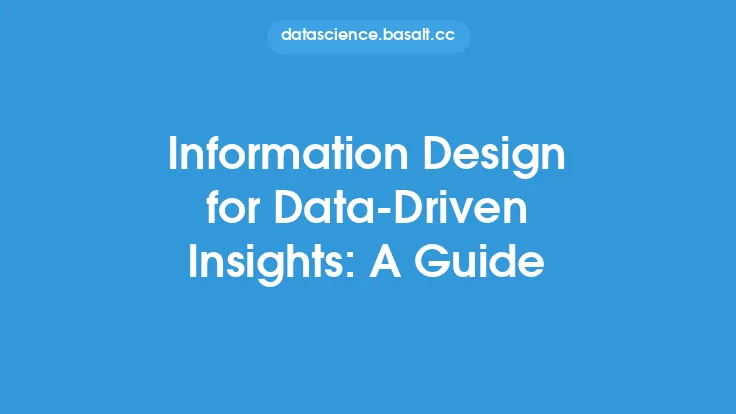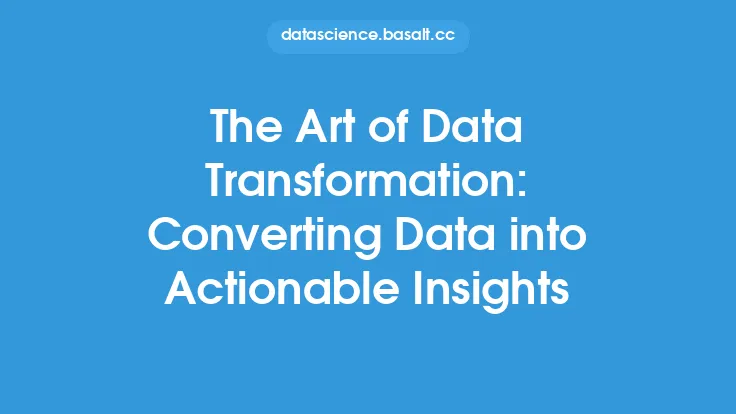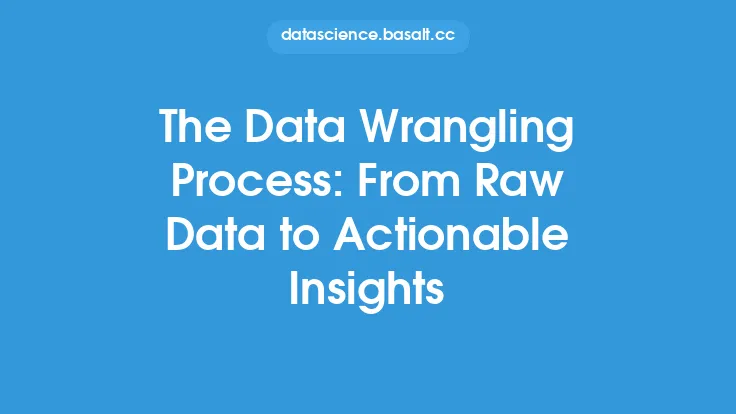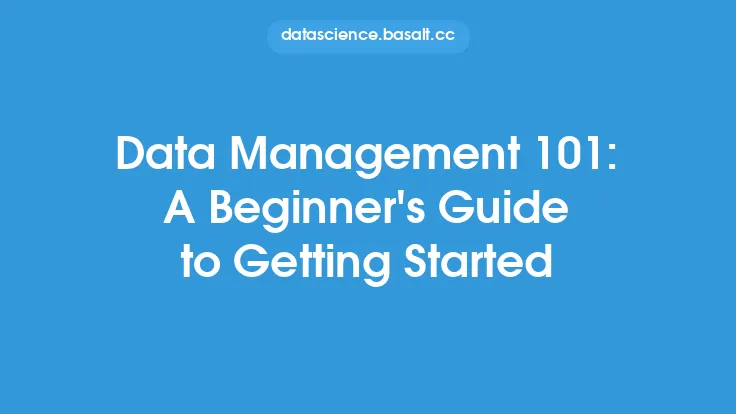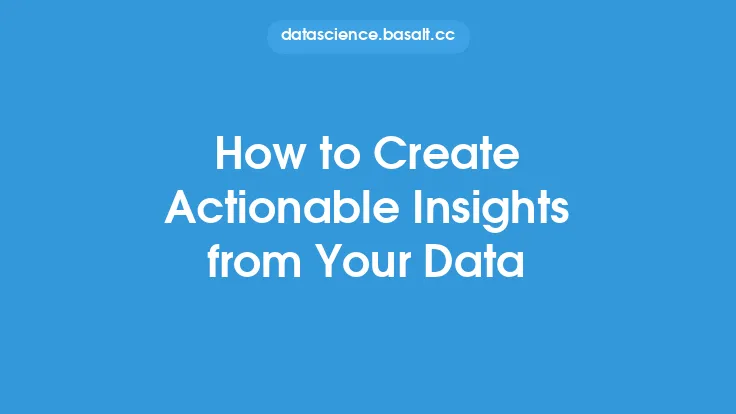To effectively communicate data insights, it's essential to understand the importance of translating complex data into actionable information. This process involves not only presenting data in a clear and concise manner but also ensuring that the insights derived from the data are relevant, timely, and useful for decision-making. In the realm of data storytelling, the ability to translate data into actionable insights is a critical skill that communicators must possess to drive business outcomes, inform strategic decisions, and foster a data-driven culture within organizations.
Understanding the Audience
Translating data into actionable insights begins with a deep understanding of the target audience. Communicators must be aware of the audience's level of data literacy, their needs, and the decisions they are trying to make. This understanding is crucial in determining the type of data to present, the level of detail required, and the communication channels to use. For instance, a technical audience may require more detailed and complex data analysis, while a non-technical audience may need simpler, more visual representations of the data. By tailoring the communication approach to the audience's needs, communicators can increase the likelihood that the insights will be understood and acted upon.
Identifying Relevant Data
Not all data is created equal, and communicators must be able to identify the most relevant and meaningful data to present to their audience. This involves filtering out noise and focusing on the data that is most closely tied to the business outcomes or decisions at hand. Relevant data should be accurate, reliable, and timely, and it should provide a clear and concise picture of the situation or trend being analyzed. Communicators should also be aware of any data quality issues or biases that may impact the accuracy of the insights and take steps to mitigate these issues.
Analyzing and Interpreting Data
Once the relevant data has been identified, communicators must analyze and interpret it to derive meaningful insights. This involves using statistical techniques, data visualization tools, and other methods to uncover patterns, trends, and correlations within the data. Communicators should also consider the context in which the data is being presented, including any external factors that may be influencing the results. By taking a nuanced and contextual approach to data analysis, communicators can provide a more complete and accurate picture of the situation and increase the credibility of their insights.
Communicating Insights Effectively
Communicating insights effectively is critical to translating data into actionable information. This involves presenting the data in a clear and concise manner, using visualizations and other tools to help illustrate key points and trends. Communicators should also focus on telling a story with the data, using narrative techniques to make the insights more relatable and memorable. Additionally, communicators should be aware of the emotional and psychological factors that can influence how the audience receives and interprets the data, and take steps to build trust and credibility with the audience.
Creating a Culture of Data-Driven Decision Making
Translating data into actionable insights is not a one-time event, but rather an ongoing process that requires a culture of data-driven decision making. Communicators should work to create an environment in which data is valued and used to inform decisions, and in which stakeholders feel empowered to ask questions and seek out data-driven insights. This involves providing training and support to help stakeholders develop their data literacy skills, as well as establishing clear processes and protocols for data analysis and communication. By fostering a culture of data-driven decision making, organizations can unlock the full potential of their data and drive business outcomes that are informed by insights and evidence.
Measuring and Evaluating Impact
Finally, communicators should measure and evaluate the impact of their data communication efforts to ensure that the insights are being translated into actionable information. This involves tracking key metrics and outcomes, such as changes in business processes or decisions, and gathering feedback from stakeholders to identify areas for improvement. By continuously monitoring and evaluating the impact of their efforts, communicators can refine their approach and improve the effectiveness of their data communication, ultimately driving greater value and insights for their organizations.
